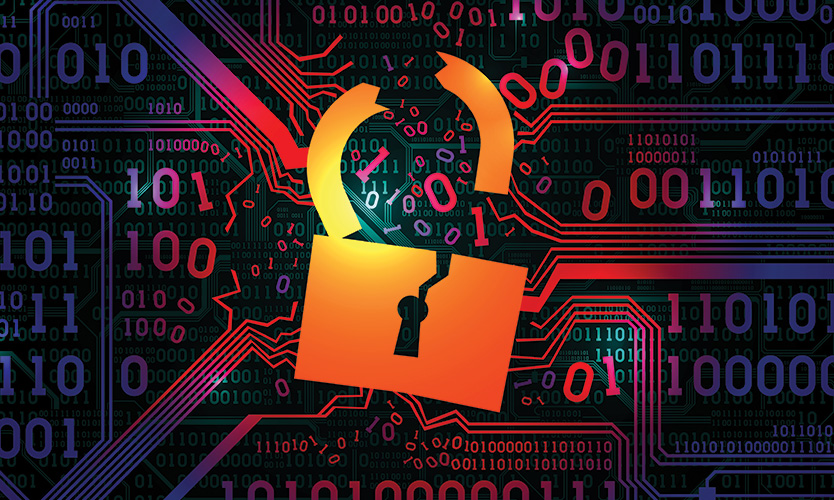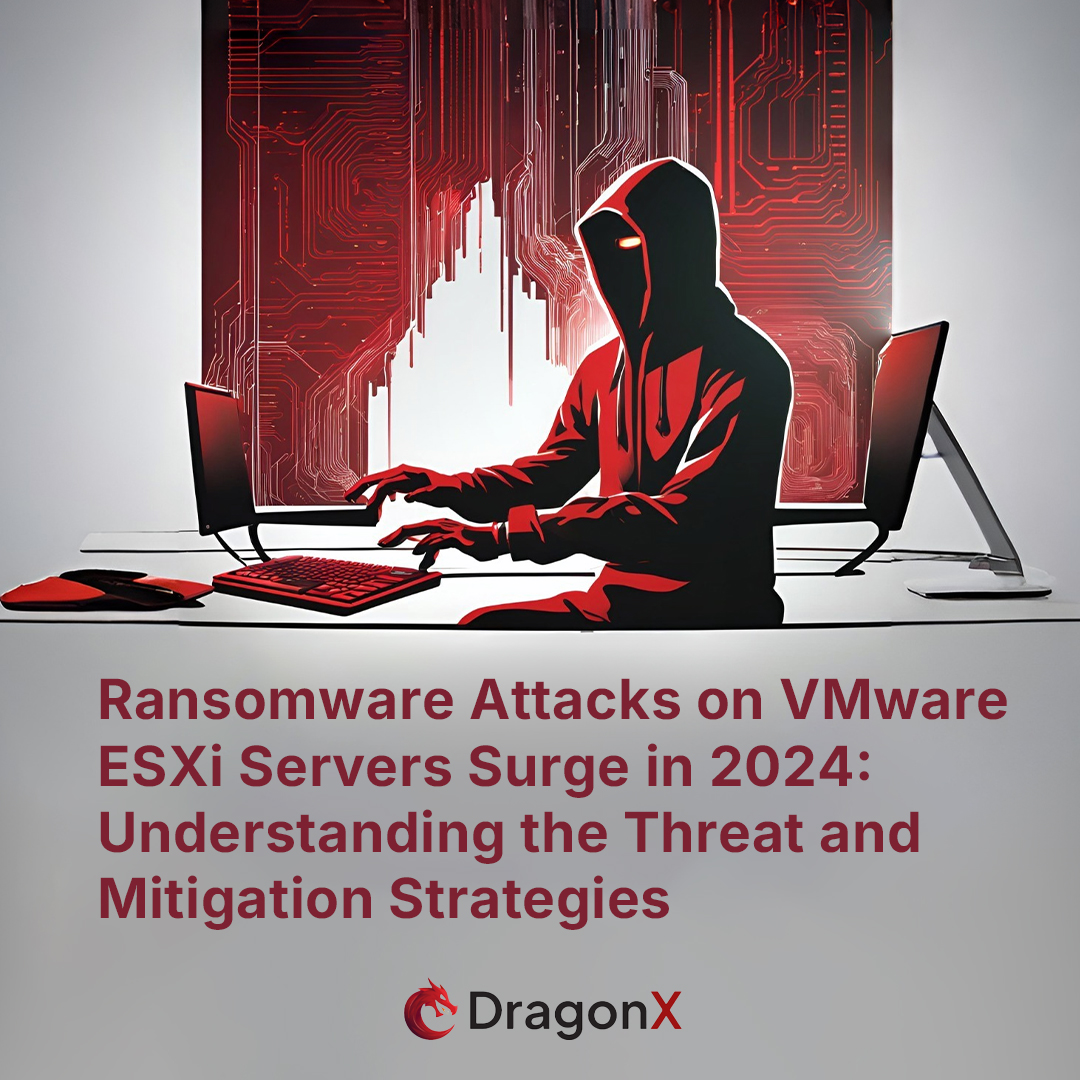In an alarming trend, hackers are now exploiting vulnerabilities within a mere 22 minutes of a proof of concept (PoC) release. This revelation underscores the critical need for rapid response and heightened security measures within organizations.
The New Reality of Cyber Threats
Traditionally, once a vulnerability was disclosed, companies had a window of time to patch their systems before attackers could take advantage. However, the landscape has drastically shifted. With the advent of sophisticated tools and techniques, cybercriminals can now identify and exploit these weaknesses almost instantaneously.
The Speed of Exploitation
A recent study highlighted that it takes an average of just 22 minutes for hackers to begin exploiting newly released vulnerabilities. This rapid exploitation timeframe leaves minimal room for organizations to react, making it imperative for businesses to adopt proactive and efficient cybersecurity strategies.
Factors Driving the Speed
Several factors contribute to this unprecedented speed:
- Automation Tools: Advanced automated tools allow hackers to scan and identify vulnerable systems quickly.
- Global Collaboration: Cybercriminal communities share information and tools rapidly, enabling swift exploitation.
- Sophisticated Techniques: Modern hacking techniques have become more refined and efficient, reducing the time required to exploit vulnerabilities.
The Consequences for Businesses
The implications of this trend are severe. Organizations that fail to patch vulnerabilities promptly face significant risks, including data breaches, financial losses, and reputational damage. The traditional approach of periodic security updates is no longer sufficient.
Best Practices for Mitigation
To combat this escalating threat, businesses must adopt a multi-layered security approach:
- Real-Time Monitoring: Implementing real-time monitoring systems can help detect and respond to threats immediately.
- Automated Patching: Utilizing automated patch management solutions ensures that vulnerabilities are addressed as soon as updates are available.
- Threat Intelligence: Leveraging threat intelligence services can provide early warnings about potential exploits and emerging threats.
- Employee Training: Regular training programs can help employees recognize and respond to phishing attempts and other common attack vectors.
- Incident Response Plan: Developing and regularly updating an incident response plan ensures a quick and effective reaction to security breaches.
The Role of Cybersecurity Companies
Cybersecurity firms play a crucial role in helping organizations stay ahead of threats. By offering advanced tools, threat intelligence, and expert guidance, these companies enable businesses to protect their digital assets more effectively.
Conclusion
The rapid exploitation of vulnerabilities following a PoC release is a stark reminder of the ever-evolving nature of cyber threats. Organizations must prioritize cybersecurity and adopt comprehensive strategies to safeguard their systems. In a world where every minute counts, the ability to respond swiftly and efficiently to vulnerabilities is not just beneficial—it's essential.





